Home>diy>Building & Construction>Why Does Construction Take So Long In America
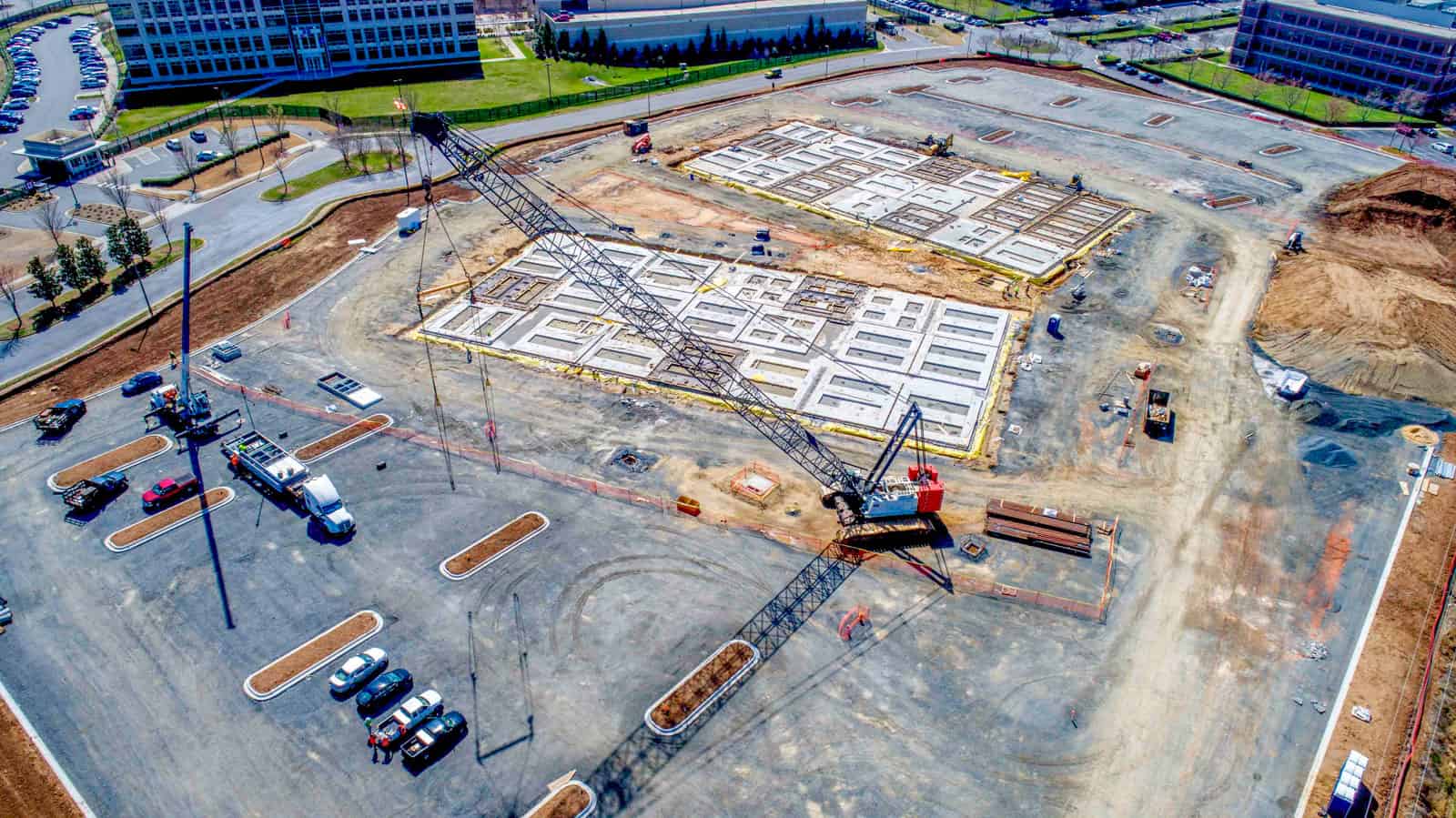

Building & Construction
Why Does Construction Take So Long In America
Modified: January 24, 2024
Discover why building construction in America often takes longer than expected and learn about the factors that contribute to this delay.
(Many of the links in this article redirect to a specific reviewed product. Your purchase of these products through affiliate links helps to generate commission for Storables.com, at no extra cost. Learn more)
Introduction
Construction projects are known for their complex nature and the extensive time it takes to complete them. The process of constructing a building involves various stages, including planning, designing, obtaining permits, sourcing materials, and executing the actual construction work. In many cases, construction projects in America can take significantly longer than anticipated. This can lead to frustration among project owners and stakeholders.
But why does construction take so long in America? The answer lies in a combination of factors, including a lack of skilled labor, permitting and regulatory processes, funding constraints, project complexity, weather considerations, availability of materials, and even unforeseen events.
In this article, we will delve into each of these factors to gain a better understanding of why construction projects tend to take longer in America.
Key Takeaways:
- Skilled labor shortages, permitting complexities, funding constraints, and weather disruptions contribute to prolonged construction timelines in America. Proactive measures, such as recruitment efforts and efficient project management, can help mitigate these challenges.
- Material availability, labor strikes, and unforeseen events further impact construction project durations. Embracing technology, streamlining supply chains, and effective risk management are essential for minimizing delays and delivering successful outcomes.
Read more: Why Does Road Construction Take So Long
Lack of Skilled Labor
One of the primary factors contributing to the prolonged duration of construction projects in America is the persistent shortage of skilled labor. The construction industry requires a range of highly skilled professionals, including architects, engineers, project managers, electricians, plumbers, carpenters, and laborers.
However, over the years, there has been a decline in the number of people pursuing careers in the construction industry. As a result, there is a limited pool of skilled workers available to take on construction projects. This shortage of skilled labor often leads to delays as contractors struggle to find qualified workers to complete the necessary tasks.
The shortage of skilled labor can also be attributed to the aging workforce and a lack of interest among younger generations in pursuing careers in construction. Many young individuals are often drawn to other industries that are perceived to offer better job stability, higher wages, and more favorable working conditions.
To address the issue of skilled labor shortages, it is crucial for the construction industry to focus on recruitment and training efforts. Encouraging more individuals to pursue careers in construction through apprenticeship programs, vocational schools, and partnerships with educational institutions can help to bridge the skills gap and ensure a steady supply of skilled labor for future construction projects.
Permitting and Regulatory Processes
Another significant factor that contributes to the elongated timelines of construction projects in America is the lengthy and complex permitting and regulatory processes. Before construction can begin, project owners and builders must navigate through a maze of permits, licenses, and approvals required by local, state, and federal agencies.
The permitting process involves submitting detailed plans, environmental impact assessments, and other documentation to obtain the necessary approvals. The review and approval process can be time-consuming and can cause significant delays if any issues or discrepancies are identified.
In addition to obtaining permits, there are also a myriad of regulations and codes that must be adhered to during the construction process. These regulations are in place to ensure the safety, structural integrity, and compliance of the building with building codes and standards.
While these regulations are essential for the protection of public safety, they can add another layer of complexity and time requirements to the construction timeline. Any deviations or changes from the initial plans may require additional permits or approvals, further prolonging the construction process.
In recent years, efforts have been made to streamline and expedite the permitting and regulatory processes. Some local and state governments have implemented online systems for permit applications and approvals, reducing paperwork and simplifying the process to some extent.
Nevertheless, the lengthy nature of permitting and regulatory processes remains a challenge for construction projects in America. Finding ways to improve efficiency and reduce the time required for obtaining permits and complying with regulations is crucial to minimizing construction delays and speeding up project timelines.
Funding and Budget Constraints
Funding and budget constraints are another significant factor that often leads to the prolonged duration of construction projects in America. Securing adequate funding for construction projects can be a complex process that involves multiple stakeholders, including project owners, investors, banks, and government agencies.
One common challenge is obtaining financing for the project. Financial institutions and investors typically require thorough feasibility studies, detailed business plans, and proof of project viability before committing to provide the necessary funds. This process can take a significant amount of time, especially for larger and more complex projects.
In addition to obtaining financing, construction projects must also adhere to budget constraints. It is essential to establish a realistic budget that takes into account all the costs associated with the project, including labor, materials, equipment, permits, and unexpected expenses. However, unforeseen circumstances, such as price fluctuations in materials or changes in design plans, can quickly lead to budget overruns.
When budget constraints are involved, project owners may need to adjust their plans, seek alternative financing options, or revise their scope of work. These decisions can cause delays as the project is reevaluated and new approvals or funding arrangements are obtained.
To mitigate the impact of funding and budget constraints on construction project timelines, it is crucial to conduct thorough financial planning and risk assessment before embarking on a project. This includes conducting comprehensive cost estimates, developing contingency plans, and maintaining open lines of communication with all stakeholders involved.
Efforts can also be made to explore innovative financing methods, such as public-private partnerships or crowdfunding, to secure additional funding sources and reduce reliance on traditional financing methods. By addressing funding and budget constraints effectively, construction projects can better navigate financial challenges and avoid unnecessary delays.
Project Complexity and Design Changes
The complexity of construction projects and frequent design changes are factors that often contribute to extended construction timelines in America. Construction projects can vary significantly in terms of scale, scope, and technical requirements. The more complex a project is, the more time it usually takes to complete.
Complex projects may involve intricate architectural designs, specialized engineering solutions, or advanced construction techniques. These complexities can pose challenges in terms of coordination, procurement of specialized materials and equipment, and the need for highly skilled labor.
Another factor that contributes to delays is the occurrence of design changes during the construction process. As the project progresses, it is not uncommon for new requirements, modifications, or unforeseen issues to arise. These changes may result from evolving client needs, regulatory requirements, or unforeseen conditions discovered during the construction process itself.
Design changes can have a significant impact on the construction timeline, as they may require rework, reassessment of structural integrity, and potential revisions to construction plans. In some cases, design changes may also necessitate additional permits or approvals, further adding to the project’s overall duration.
To address the challenges posed by project complexity and design changes, effective project management is crucial. This involves meticulous planning, thorough coordination, and regular communication among all stakeholders. Engaging experienced architects, engineers, and project managers who can anticipate potential issues and implement proactive measures can also help mitigate delays caused by project complexity and design changes.
Additionally, utilizing technology and Building Information Modeling (BIM) software can facilitate better collaboration and visualization of the project, reducing the likelihood of design changes and enhancing overall project efficiency.
By anticipating project complexity and implementing robust project management strategies to handle design changes effectively, construction projects can better manage timelines and deliver successful outcomes.
One reason construction takes a long time in America is the complex permitting and approval process. Research local regulations and plan ahead to streamline the process.
Read more: Why Road Construction Takes So Long
Weather and Environmental Considerations
Weather and environmental factors play a significant role in the duration of construction projects in America. Inclement weather conditions, such as extreme temperatures, heavy rain, snowstorms, hurricanes, and high winds, can significantly impact construction schedules.
When adverse weather conditions arise, construction activities may need to be halted or delayed for the safety of workers and to prevent damage to materials and equipment. This can result in significant project delays, particularly if the weather conditions persist for an extended period.
Furthermore, certain construction tasks may be highly weather-dependent. For example, pouring concrete or painting exterior surfaces requires specific temperature and humidity conditions to ensure proper curing and adhesion. If weather conditions are not suitable, these tasks may need to be postponed or rescheduled.
Environmental considerations also come into play during construction projects. Many projects are subject to environmental regulations aimed at protecting natural resources and habitats. Compliance with these regulations may involve conducting environmental impact assessments, implementing mitigation measures, or obtaining permits from environmental agencies.
These processes can take time and may result in project delays if additional requirements or corrective actions are necessary. Construction near sensitive ecosystems or protected areas may require additional precautions or limited work windows to minimize environmental impact, further prolonging the construction timeline.
To mitigate the impact of weather and environmental considerations on construction timelines, it is important for project planners and contractors to thoroughly assess potential weather risks and develop contingency plans. This may involve incorporating weather delays into the project schedule, implementing temporary weather protection measures, or adjusting construction methods to minimize weather-related disruptions.
Furthermore, conducting thorough environmental impact assessments and engaging with environmental agencies early in the planning stages can help identify and address environmental constraints more effectively. Proactive measures, such as monitoring weather forecasts and scheduling tasks accordingly, can also help minimize delays caused by adverse weather conditions.
Overall, considering and planning for the potential impact of weather and environmental factors is crucial for managing construction project timelines and ensuring successful project completion.
Material Availability and Supply Chain Issues
Material availability and supply chain issues are common causes of delays in construction projects in America. The construction industry relies heavily on the timely delivery of various materials and equipment to complete projects. However, factors such as supply chain disruptions, manufacturing delays, and material shortages can significantly impact construction timelines.
One major challenge is the unpredictability of the global supply chain. Construction materials, such as steel, cement, lumber, and electrical components, are often sourced from different regions or countries. Any disruptions in the supply chain, such as natural disasters, trade disputes, or transportation issues, can lead to delays and shortages of construction materials.
Furthermore, sudden changes in market demand or fluctuations in material costs can also impact the availability of construction materials. For example, during periods of high demand, such as post-natural disaster reconstruction or significant infrastructure projects, the supply of materials may be limited, resulting in delays in construction projects across the country.
In recent years, the COVID-19 pandemic has highlighted the vulnerability of the construction supply chain. Lockdowns, factory closures, and restrictions on movement have disrupted the production and transportation of construction materials, leading to significant delays in project timelines.
To address material availability issues, construction companies can implement effective supply chain management strategies. This includes maintaining clear communication with suppliers, diversifying sourcing options, and monitoring market trends to anticipate potential material shortages or price fluctuations.
Additionally, exploring alternative materials or pre-ordering materials in advance can help mitigate the impact of material shortages. Collaborating closely with suppliers and subcontractors to ensure timely delivery of materials is also essential for minimizing delays caused by supply chain issues.
Overall, proactive planning, effective communication, and flexibility in material sourcing are critical for managing material availability and supply chain challenges in construction projects, helping to avoid unnecessary delays in project completion.
Labor Strikes and Unforeseen Events
Labor strikes and unforeseen events are unforeseeable factors that can significantly disrupt construction projects in America. Labor strikes, which occur when workers collectively refuse to work, can bring construction sites to a standstill and cause significant delays.
Strikes can be triggered by various factors, such as disagreements over wages, working conditions, or disputes between labor unions and management. When strikes occur, construction activities come to a halt, resulting in delays and potential project setbacks.
Unforeseen events, such as natural disasters, accidents, or public emergencies, can also have a detrimental impact on construction projects. Events like hurricanes, earthquakes, or floods can damage construction sites, infrastructure, and supply chains, leading to significant disruptions and delays.
Similarly, accidents on construction sites can result in injuries or fatalities, leading to site closures and subsequent investigations, which can further delay project progress. In the case of public emergencies, such as the current COVID-19 pandemic, lockdown measures and restrictions can hinder construction activities and impact project timelines.
To mitigate the impact of labor strikes and unforeseen events, it is crucial for construction projects to have contingency plans in place. This includes considering potential labor disputes during contract negotiations and establishing protocols for addressing strikes or work stoppages.
Similarly, developing emergency response plans to address unforeseen events can help minimize delays and ensure the safety and well-being of workers and project sites. This may involve having alternative suppliers or backup plans for critical materials, implementing safety protocols, and adapting project schedules to account for potential disruptions.
Open and transparent communication with all stakeholders, including labor unions, contractors, and suppliers, is essential during labor strikes and unforeseen events. Regular updates and contingency measures can help manage expectations, address concerns, and find alternative solutions to keep the project moving forward.
While labor strikes and unforeseen events are challenging to predict, proactive planning, effective risk management, and strong communication strategies can help minimize their impact on construction project timelines.
Inefficient Project Management
Inefficient project management is a major contributor to the extended duration of construction projects in America. Effective project management is essential for overseeing the various phases of a construction project, coordinating tasks, managing resources, and ensuring timely completion.
When project management is inefficient, it can lead to a range of issues that delay construction projects. Poor planning and scheduling, inadequate resource allocation, ineffective communication, and lack of coordination among stakeholders can all contribute to project delays.
One common problem is unrealistic project timelines and inadequate schedule management. When project schedules are too tight or poorly planned, it becomes challenging to meet deadlines and complete tasks on time. This can lead to rushed work, errors, and the need for rework, ultimately prolonging the project duration.
Inefficient resource allocation is another factor that can cause delays. If resources such as labor, equipment, or materials are not properly assigned or scheduled, it can lead to bottlenecks and delays in project progress. Delays in obtaining necessary permits or approvals, insufficient staffing or equipment, or poor coordination among subcontractors can all result in inefficient resource management.
Additionally, ineffective communication and lack of collaboration among project stakeholders can hinder project progress. Miscommunication or gaps in information can lead to misunderstandings, errors, or delays in decision-making. Poor coordination and integration among different trades and disciplines can also cause delays as tasks are not properly synchronized.
Implementing effective project management strategies is crucial for avoiding these issues and ensuring the timely completion of construction projects. This includes thorough planning, realistic scheduling, continuous monitoring of project progress, and proactive problem-solving.
Utilizing project management software and tools can help streamline communication, track progress, and facilitate collaboration among team members. Regular project meetings, progress reports, and clear channels of communication can also improve transparency and coordination among stakeholders.
Furthermore, having experienced project managers who possess strong leadership skills, attention to detail, and a comprehensive understanding of the construction process is crucial. Effective project managers can identify potential issues, mitigate risks, and make necessary adjustments to keep the project on track.
By prioritizing efficient project management practices, construction projects can navigate challenges effectively, minimize delays, and deliver successful outcomes within reasonable timeframes.
Read more: Why Is Alexa Taking So Long To Respond
Conclusion
Construction projects in America often face the challenge of prolonged durations, which can be attributed to various factors. From a lack of skilled labor to permitting and regulatory processes, funding constraints, project complexity, weather conditions, material availability, labor strikes, and inefficient project management, each of these factors can contribute to delays.
The shortage of skilled labor and the reluctance of younger generations to pursue careers in construction have resulted in a limited pool of qualified workers, leading to delays in finding skilled labor for projects. The permitting and regulatory processes, designed to ensure safety and compliance, can be time-consuming and require extensive documentation, further impacting project timelines.
Funding and budget constraints can hinder progress, as projects rely on securing adequate financing and adhering to budget limitations. Complex project requirements and design changes can also lead to delays, as specialized materials, skilled labor, and additional permits may become necessary.
Unfavorable weather conditions, such as extreme temperatures, heavy rain, or natural disasters, can disrupt construction activities and extend project durations. Material availability issues and supply chain disruptions pose additional challenges, impacting timely delivery of construction materials and causing delays.
Labor strikes and unforeseen events, such as accidents or public emergencies, can cause work stoppages and require reevaluation and adjustments to project schedules. Moreover, ineffective project management, characterized by poor planning, inadequate resource allocation, and ineffective communication, can lead to delays and inefficiencies.
To mitigate the challenges associated with construction project delays, proactive measures should be taken. This includes investing in efforts to attract and train skilled labor, streamlining permitting processes, exploring alternative funding options, and promoting efficient project management practices.
Additionally, effective risk management strategies, contingency plans, and open communication among all stakeholders can help address unforeseen events and minimize their impact on project timelines. Embracing technology, such as project management software and BIM tools, can improve coordination, communication, and overall project efficiency.
By addressing these factors and adopting proactive approaches to project management, the construction industry in America can work towards reducing delays, improving project timelines, and delivering successful outcomes.
Frequently Asked Questions about Why Does Construction Take So Long In America
Was this page helpful?
At Storables.com, we guarantee accurate and reliable information. Our content, validated by Expert Board Contributors, is crafted following stringent Editorial Policies. We're committed to providing you with well-researched, expert-backed insights for all your informational needs.
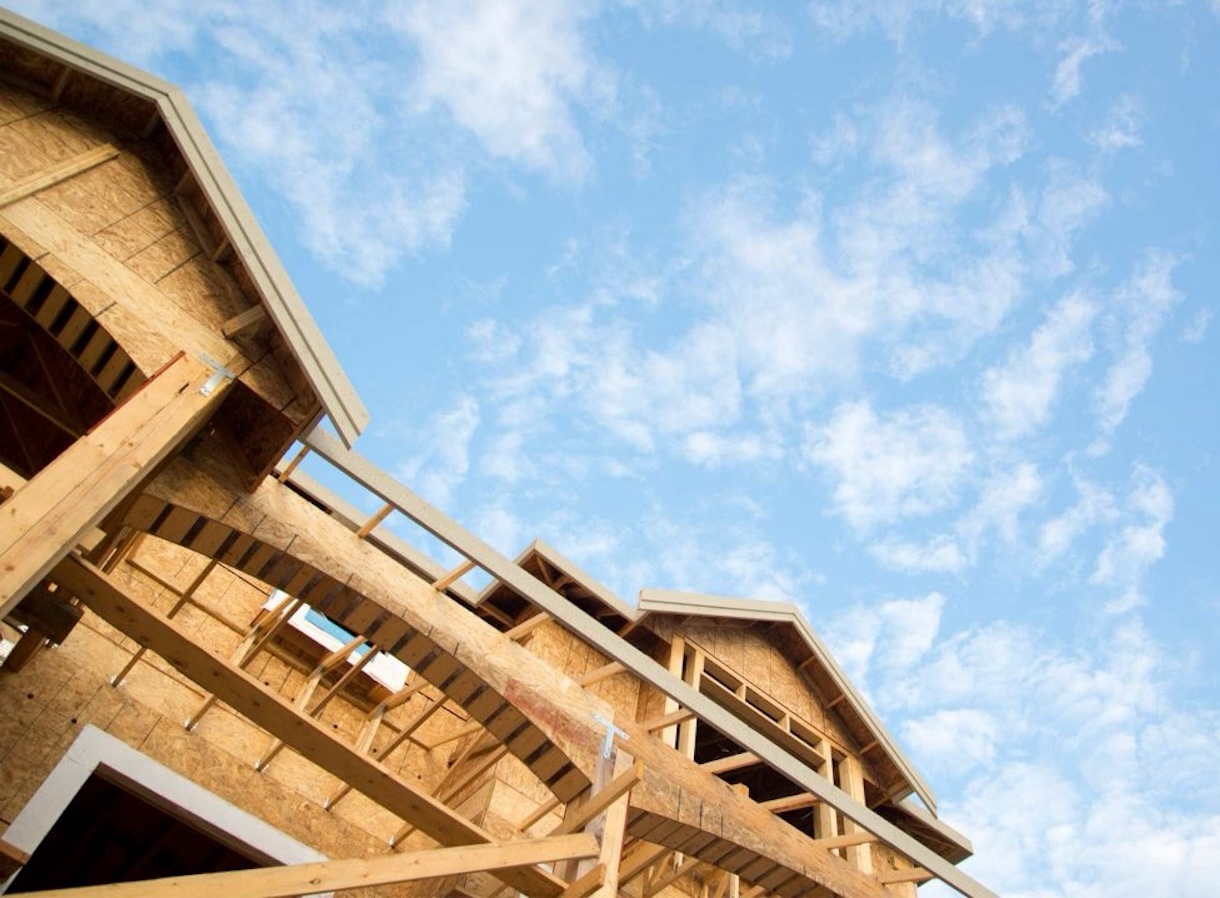
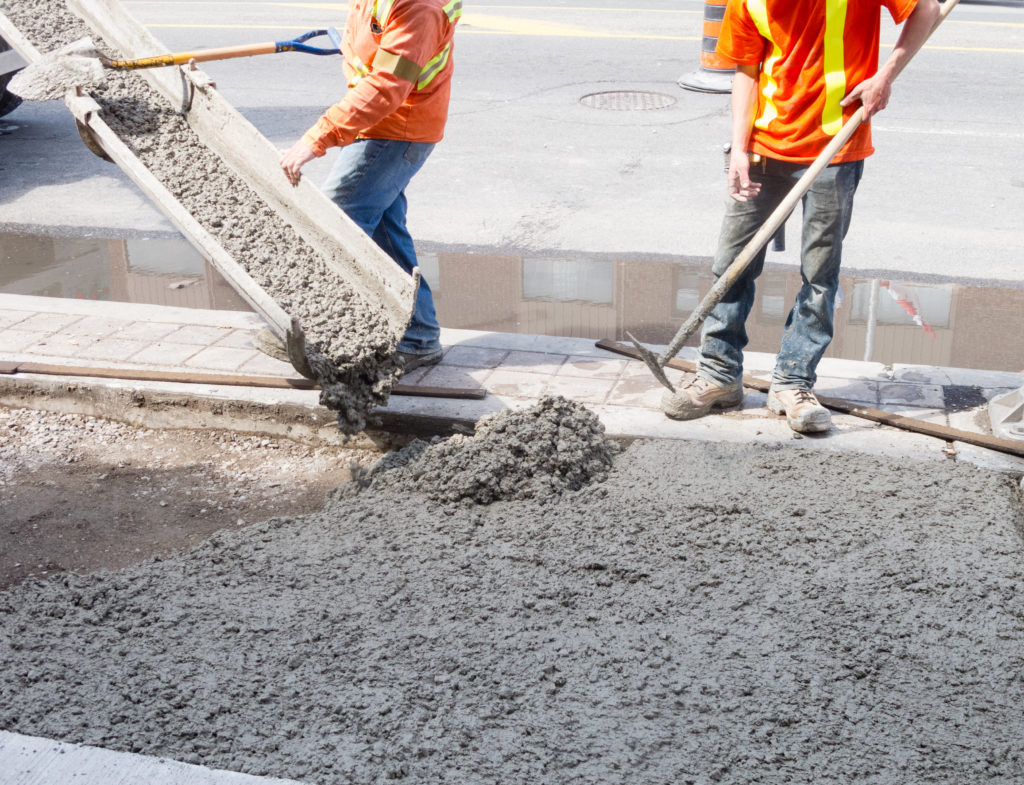
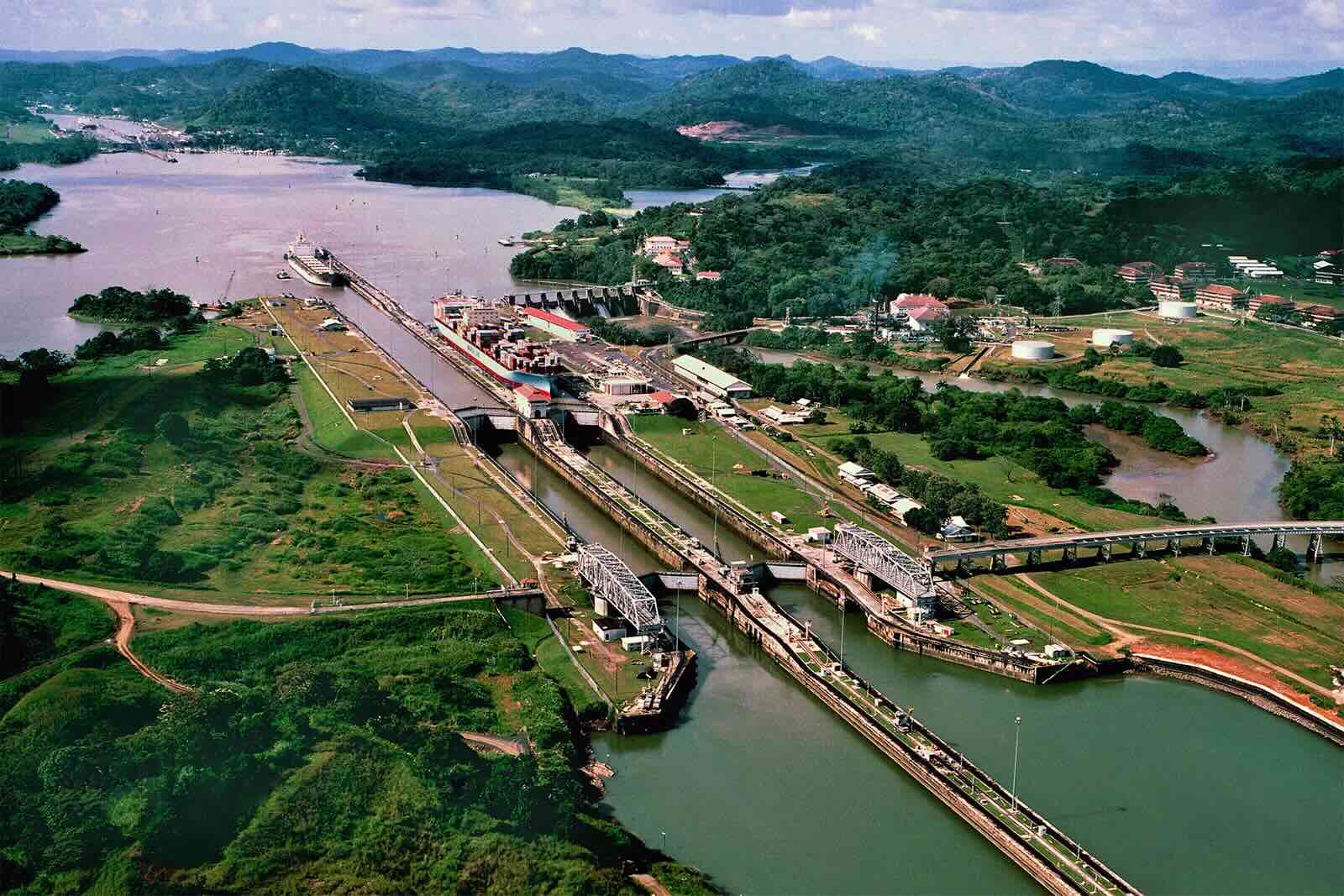
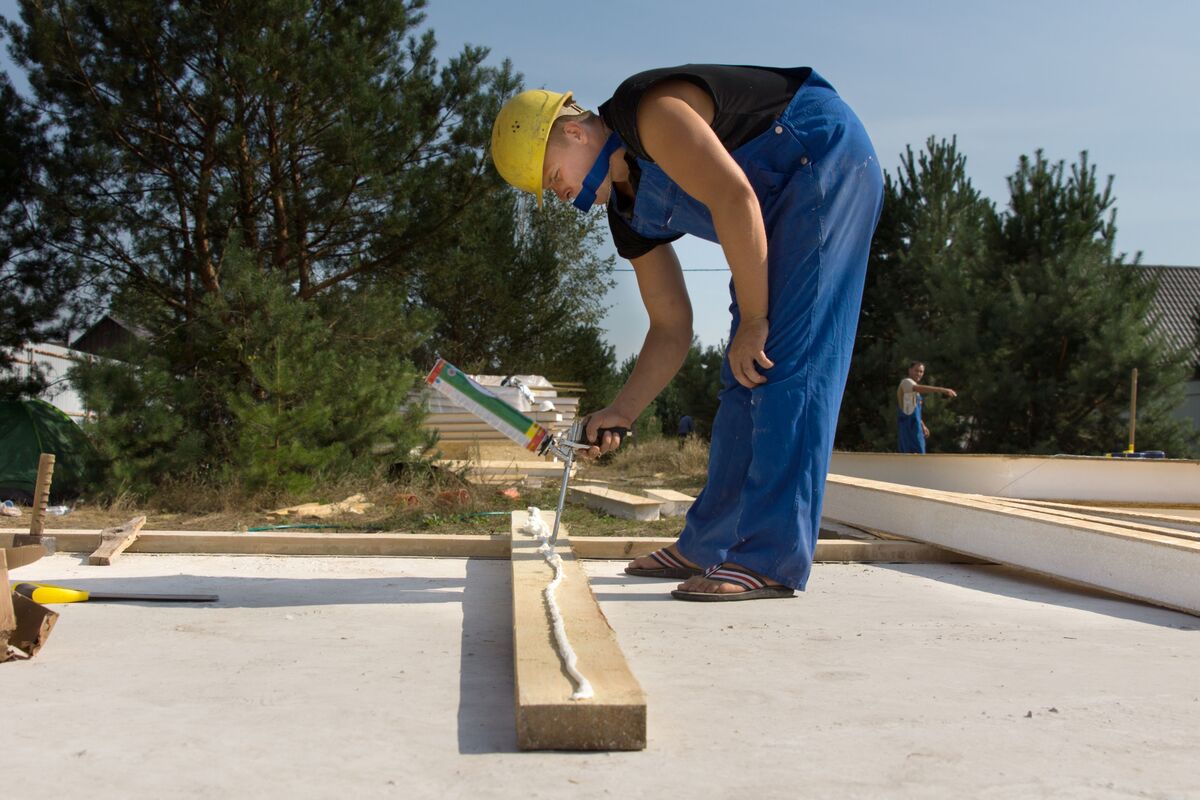

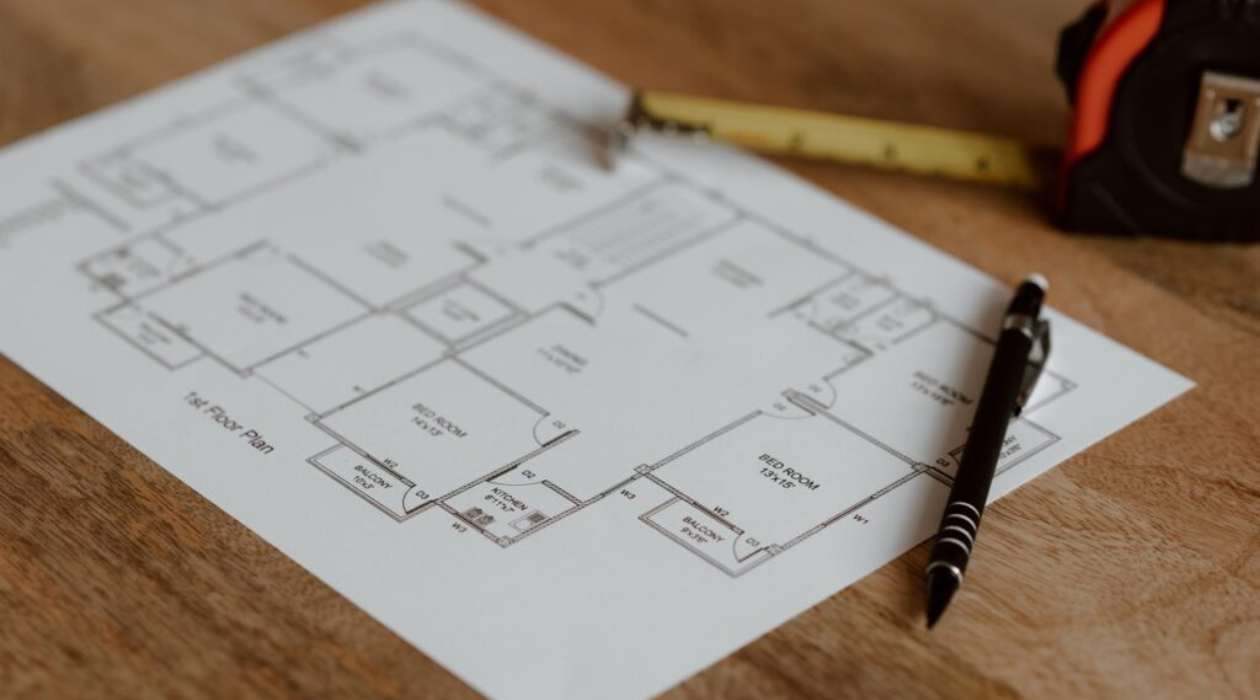
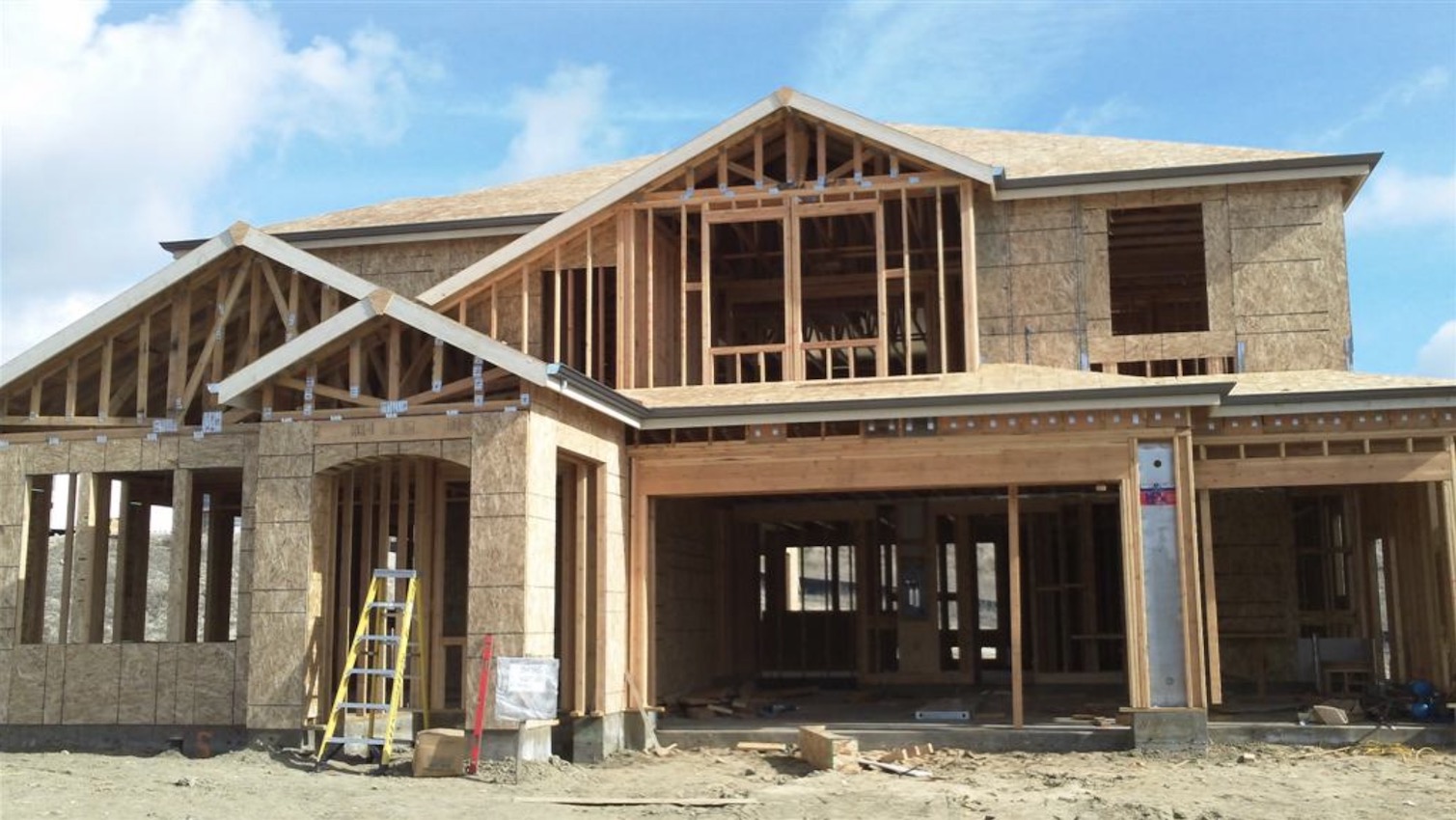




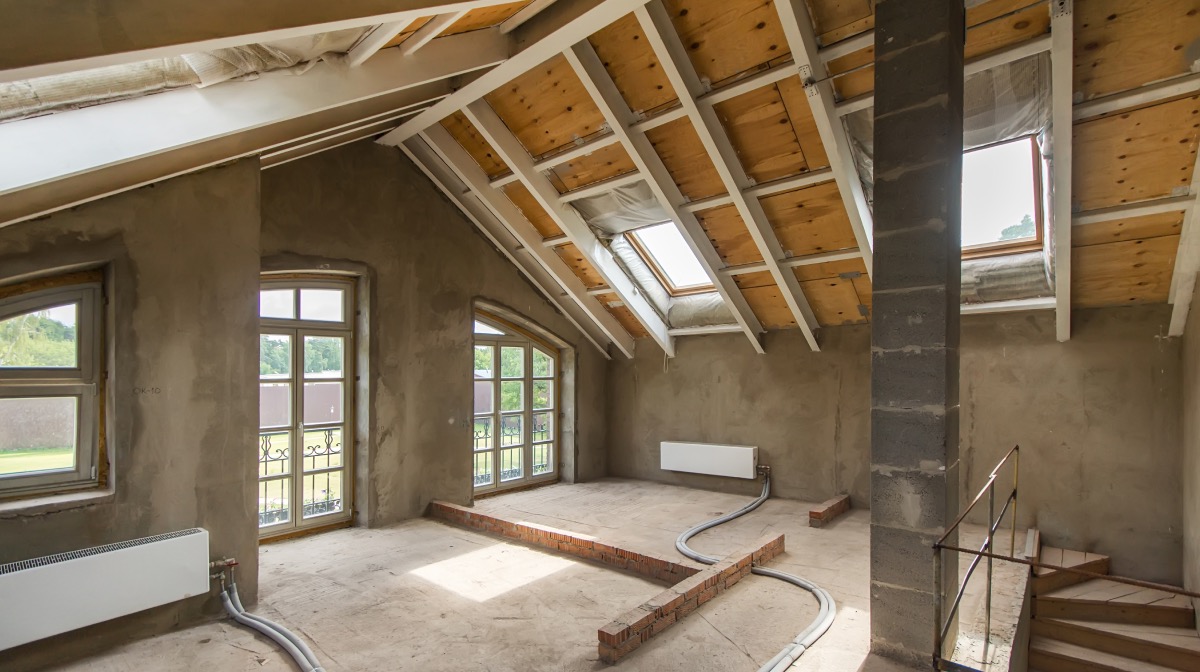


0 thoughts on “Why Does Construction Take So Long In America”